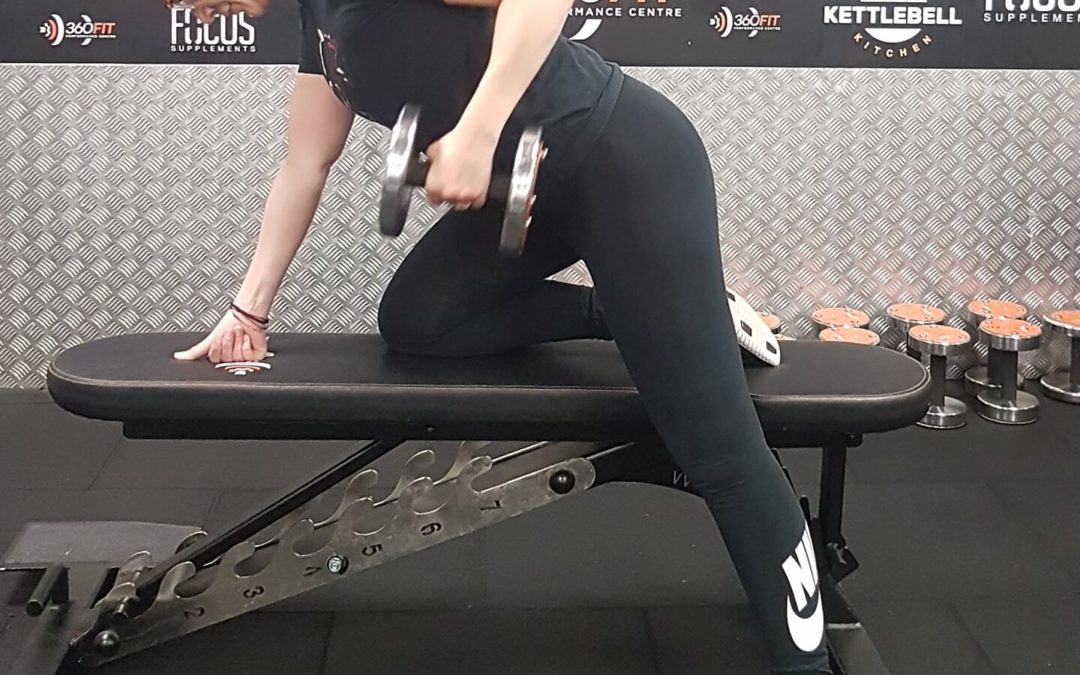So, gyms are allowed to re-open, and you’re about to re-start. Here’s 7 tips and a few recommendations that should help everything go smoothly.
If you want to increase your fitness but you’re not yet ready to go back to a gym, see my article on How to get back to exercise right now, even if you’re not ready to return to the gym yet.
Here are my 7 top tips for a smooth return to the gym:
- Be kind to yourself – some people will be returning after a longer break than others but you all have just as much right to be in there and the important thing is you’re trying to improve your fitness and health.
- Have realistic expectations about your abilities – trying to pick up where you left off is a one way ticket to injury. Treat the first few sessions as testers of where you are at, reduce intensity and duration, potentially as though you were a complete beginner again, increase post-exercise stretching, and expect to have DOMS (Delayed Onset Muscle Soreness) afterwards.
- Sort out your niggles or they’ll turn to injuries – niggles are warning signs that something needs fixing. If you ignore them they will force you to take notice, and that may result in you getting really hurt and/or not being able to train. Returning to training will antagonise niggles and potentially provoke injuries, so do your mobility work, prehab, rehab, consult a professional etc before your niggles get worse.
- Play the long game – as per points 2 and 3 above, it’s better to get back into it slowly and develop strength and consistency than to go ‘all in’ and then give up again.
- Enjoy yourself and don’t stress out – there are loads of people in the same position as you; loads of people will be shocked at their current level of fitness being lower than they thought it was.
- Get a plan and be accountable – follow a plan and get an accountability buddy / support buddy / training partner or coach (hi 😊) to keep you focussed and on track.
- Dial in your nutrition – food should provide quality nutrition, giving fuel for training, recovery, and muscle growth. If you are trying to lose fat, you need to ensure you are getting the right balance between fuelling workouts and recovery while not eating back the calories burned through exercise. If you’re not sure what to eat, when, or how much, then consult someone who does (hi 😊).
And here are my recommendations on how to approach your initial return-to-the-gym training:
- Train full-body 2-3 times a week rather than doing a bodypart split.
- If using weights, go to approx. 50-60% max intensity rather than all out for the first few sessions until you have assessed your current capability and recovery potential.
- Keep a training diary so you can recognise and celebrate progress.
- If you have to be in and out in a limited time period, then potentially use supersets to increase intensity and minimise rest time.
- Keep an eye on your stepcount to ensure that it doesn’t decrease can cancel out your calories burned in the gym.
- Pay extra attention to mobility work and recovery for the first few weeks/months.
Now for more help, check out my other articles in this series, How to lose the right kind of weight – losing fat while preserving muscle & protecting your metabolism and How to increase your fitness and sort your diet out without wiping yourself out
and of course if you need any more personalised help, get in touch!

